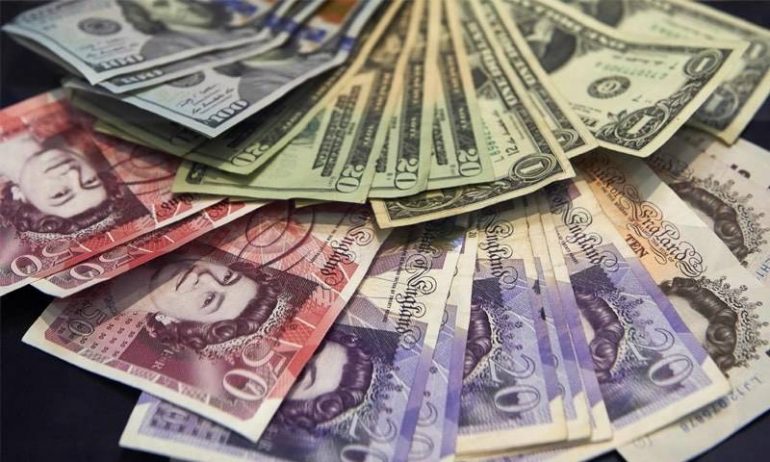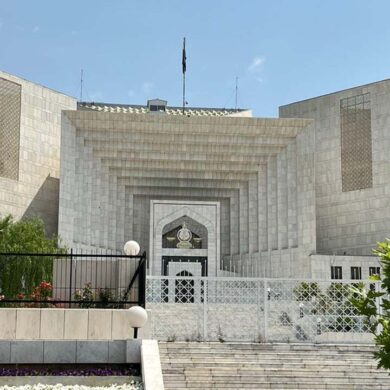In October, remittances from overseas Pakistanis fell 7.4% from a month earlier, despite the fact that total remittances reached a new high of $10.6 billion in the first four months of the current fiscal year (July-October).
State Bank of Pakistan posted on Twitter on Sunday and said, “At $2.5bn in Oct21, remittances continue their strong streak, rising by 10pc from Oct20 and only moderating marginally compared to Sep21.”
According to the central bank, Remittances from Pakistanis living abroad have totaled $10.6 billion so far in FY22, up 12 percent from the same period last year.
Remittances grew by 12.5 percent till the end of September this year, compared to the same period last year, but a drop in October lowered the four-month growth to 12 percent.
The SBP stated, “this is the eighth consecutive month when remittances have been close to or above $2.5 billion” in addition to maintaining above $2 billion since June 2020. Remittances totaled $10.6 billion in the first four months of FY22, up 11.9 percent from the same period the previous year.
Imports surged from July to October, widening the trade imbalance and putting severe pressure on the rupee-dollar exchange rate, resulting in a larger current account deficit. The situation for economic managers is not ideal, except that increased remittances have boosted the economy beyond all expectations.
In FY21, the country received a record $29.4 billion in remittances, which helped it close the current account deficit.
According to the central bank, Remittance inflows peaked in the first four months of FY22 with:
- $2.7bn from Saudi Arabia.
- $2bn from the United Arab Emirates.
- $1.5bn from the United Kingdom.
- $1.1bn from the United States.
The SBP claimed sole responsibility for the increase in remittances, noting that government policies aimed at incentivizing formal channels in the midst of the coronavirus pandemic have positively contributed to a sustained improvement in remittance inflows since last year.
Independent observers, on the other hand, suggested that restrictions on air travel were a major factor driving inflows through formal channels.



